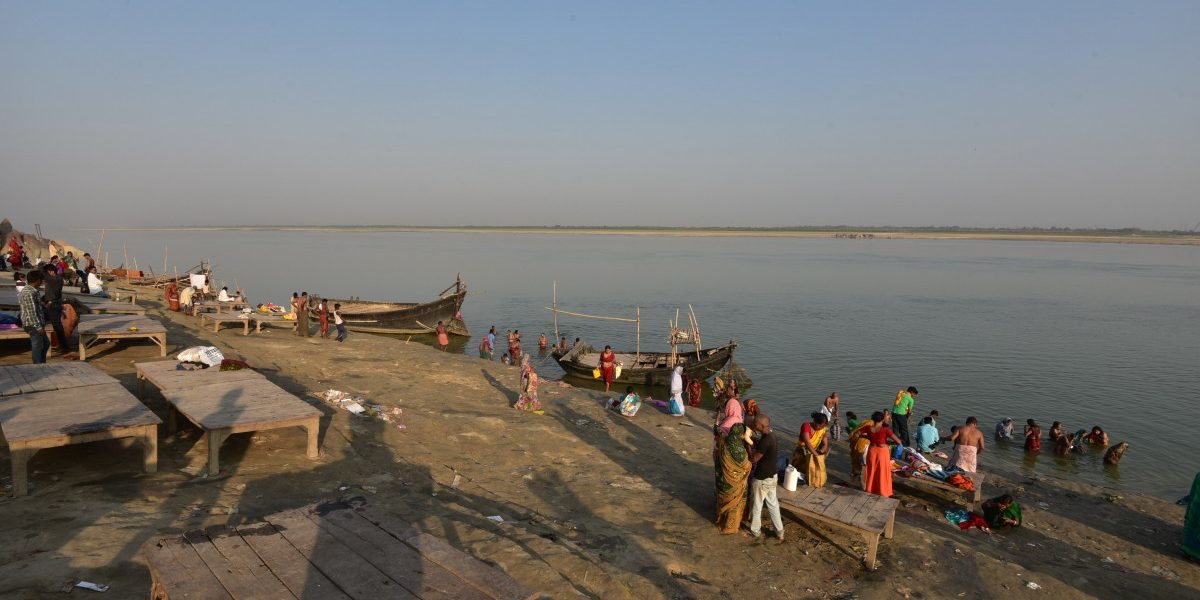As several countries rally around the idea of legal rights for natural resources, can a similar status be granted to the Ganga?
This article by Shrishtree Bajpai and Ashish Kothari appeared in The Wire on March 19th, 2019.
A casual search on the internet yields a plethora of promises, allegations and symbolism linking the Ganga to India’s upcoming national elections. Almost every party wants to invoke the mighty river’s blessings, and with that, the blessings of millions of voters for whom it is sacred, or otherwise important. But will anything change for the Ganga, or indeed for any of India’s rivers? Or will they continue to be polluted, blocked, diverted, mined, dredged and violated in every which way?
It is not only politicians who are remembering the Ganga. In the past two months, tens of millions of pilgrims thronged the sacred confluence of Ganga and Yamuna, hoping to emancipate themselves from the cycle of rebirth. Many seemed unconcerned about the stark paradox in the way that, even as we venerate rivers – and depend on them for our lives – we also desecrate them in countless ways.
The mighty Ganga basin covers 26% of the land mass of the country. It nurtures a complex web of biological, hydrological, nutrient cycles and other relationships that fuel biodiversity and sustain around 400 million people living in the Indo-Gangetic plains.
Yet, the river and its tributaries are heavily dammed in the upper reaches and polluted in the plains, resulting in the near extinction of species like the Gharial and Gangetic dolphin, endangering several others, hampering the ecological balance, ruining the livelihoods of fishers and farmers, and impacting human health.
Read the rest of the article at its original source HERE.

